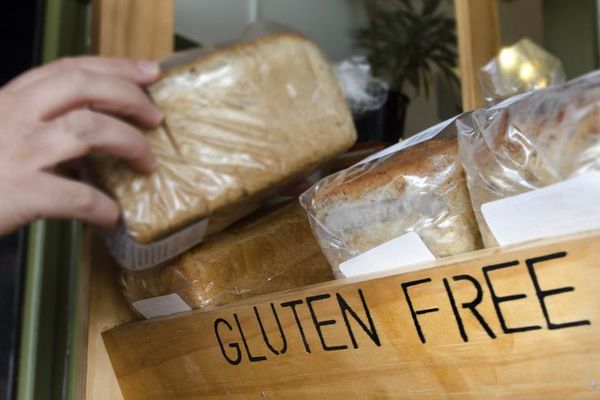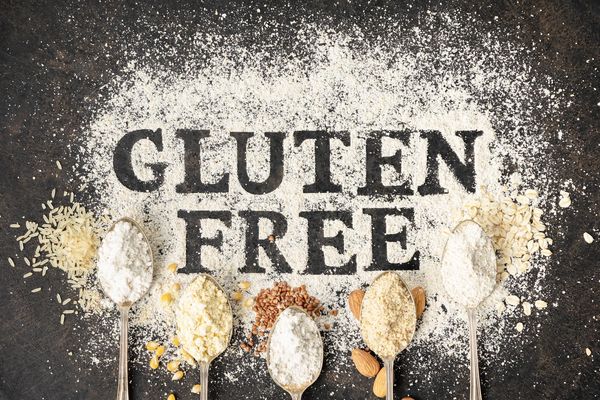Having someone in the house with a gluten sensitivity or an outright intolerance—also known as celiac disease—may seem like a challenge at times, especially at the grocery store. However, with a few simple tips in mind, you can come out of the market stress-free and with a whole cart full of gluten-free foods.
Celiac disease damages the small intestine, making it difficult to absorb nutrients from food. If you have this digestive disease, your body cannot tolerate gluten, a protein in wheat, rye and barley. Gluten is found mainly in foods but may also be in medicines, vitamins and lip balms.
To avoid foods with gluten, a good rule of thumb is to shop primarily along the perimeter of the grocery store. This means filling up on produce, meat and dairy before even looking at those interior aisles, which are chock-full of glutenous breads, crackers and cookies.
Reading labels
But shopping for gluten-free foods is more complicated than avoiding the bread aisle, because many foods contain gluten ingredients that can irritate the intestines. Knowing how to read food labels and being conscious of products that may have hidden dangers will help you avoid inadvertently ingesting gluten.
You may already know to look out for grains like barley, rye, triticale, wheat and malt on ingredient labels. However, it's also important to be wary of oats, because they're often contaminated with wheat that is manufactured on the same equipment.
Some manufacturers offer oats made specifically for people with gluten allergies, so look for indicators on packages that signal the grains are safe for patients with celiac disease.
Additionally, people with gluten intolerance should steer clear of liquids made from distilled gluten-containing grains, like beer and malt vinegar. There are other products that contain wheat in their ingredient list, but you might not know it, including most soy sauces (look for gluten free tamari as an alternative) and some salad dressings as well.
Medications and nutritional supplements may also hold hidden dangers. In addition to asking your health care provider about the safety of certain products, you can call the company that manufactures the drug or supplement to find out if it's safe for you to consume.
Gluten-free grains
Of course, you are going to need some grains in your diet. Two of your best options are quinoa (pronounced ) and brown rice. Quinoa, though technically not a grain, is eaten like a grain or cereal. Both quinoa and brown rice are packed with protein, fiber and other nutrients to help you maintain a balanced diet. Love sandwiches? There are also bread products and wraps made out of these grains as well.
Miss baking cookies and muffins? Look for buckwheat or rice flour in your grocery store. They are pretty simple to use in place of regular flour for baking. Mixes are available as well.
At home, make note of the gluten-free products that you and your family most enjoy and remember to keep these on your shopping list as your new go-to items.







